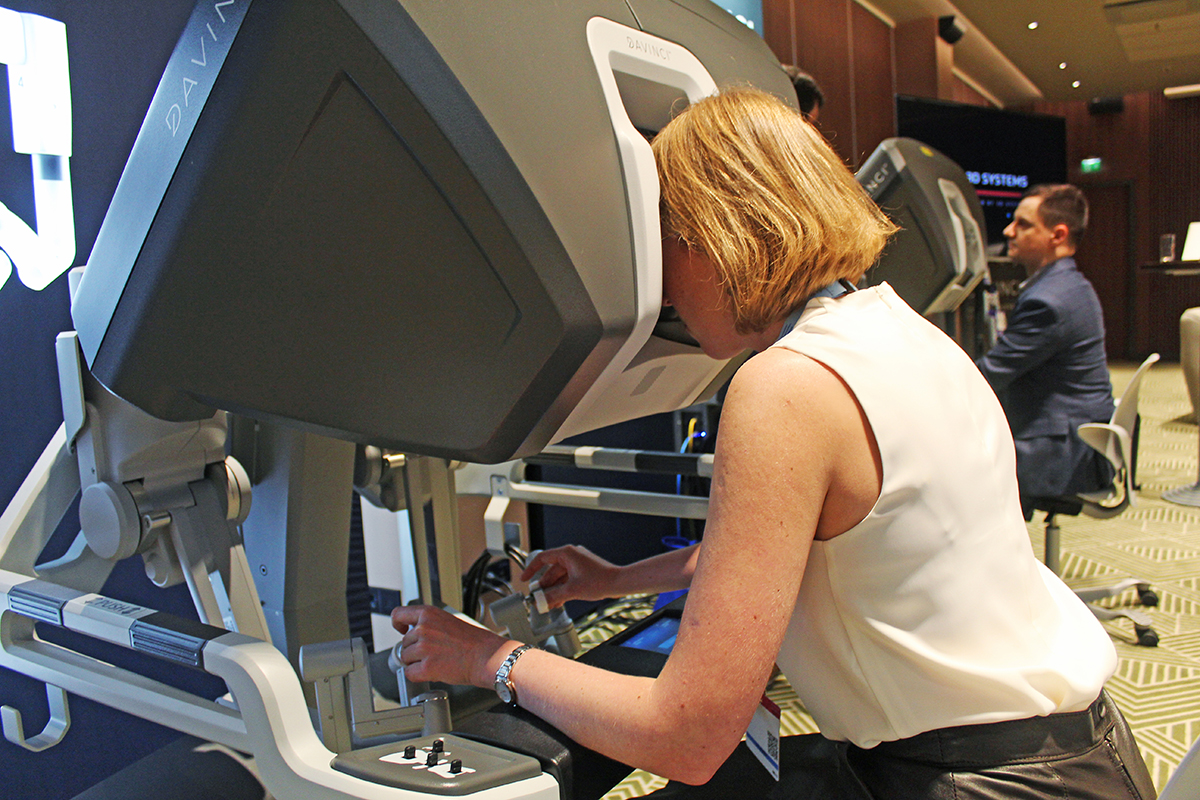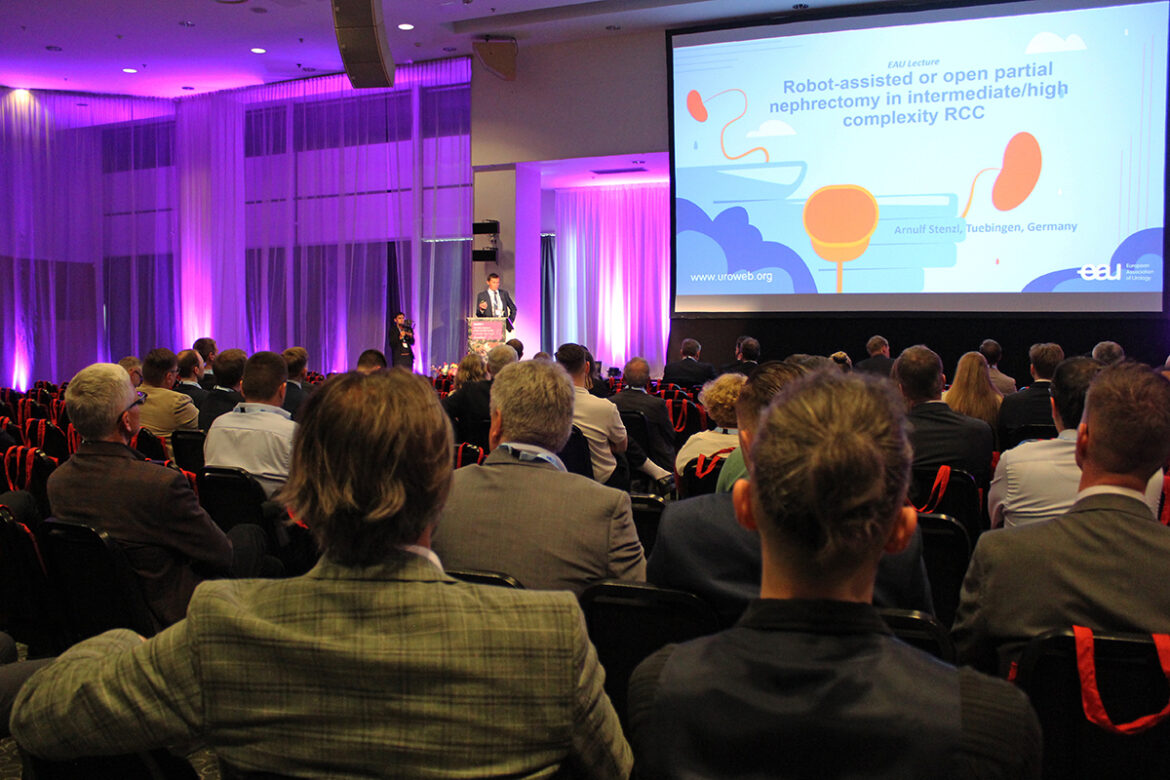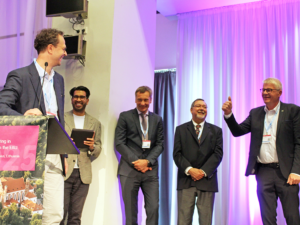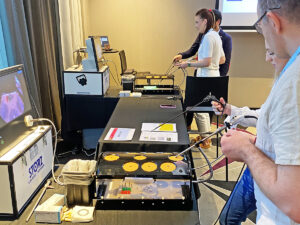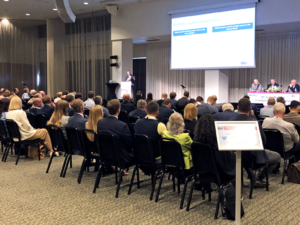Celebrating a decade-long commitment to raising urological care in the Baltic region, the 10th Baltic Meeting in Conjunction with the EAU kickstarted today with a welcome from Baltic25 Steering Committee member Dr. Marius Kincius (LT); the members of the EAU Executive Board: Prof. Jens Sønksen (DK), Prof. James N’Dow (GB), and Prof. Arnulf Stenzl (DE); and fellow speakers Prof. Janis Plonis (LV) and Prof. Martin Kivi (EE). One of the meeting’s focus were crucial insights and developments on topics such as robotic surgery.
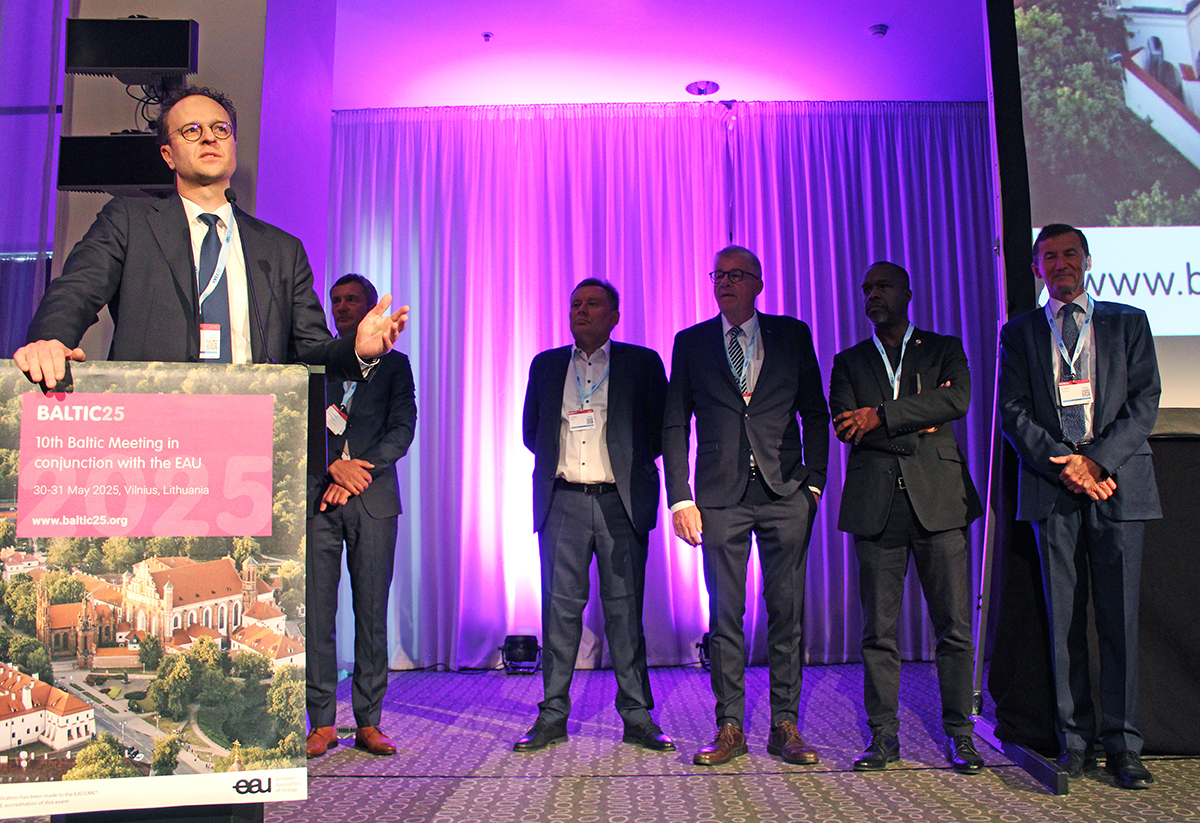
EAU Secretary General, Prof. Arnulf Stenzl (DE), presented the EAU Lecture “Robotic-assisted or open partial nephrectomy in intermediate/high complexity RCC.” He stated that OpeRa is the first RCT comparing open partial nephrectomy (OPN) and robot-assisted partial nephrectomy (RAPN) in intermediate/high complexity renal tumours. The trial faced early termination due to slow recruitment. RAPN demonstrated a lower 30-day complication rate, fewer high-grade events, and shorter hospital stays; however, it required longer operative times. Patients undergoing RAPN reported less pain, used fewer opioids, and had better quality of life (up to POD30). RAPN patients also required less epidural anaesthesia.
One of the presentations during Plenary Session 1: Robotic Surgery was the lecture “Robotic radical prostatectomy: Which technique for which patient?” by Prof. Piotr Chlosta (PL). He emphasised the importance of tailoring the choice of RARP technique to each patient. According to Prof. Chlosta, key factors such as oncologic safety, functional outcomes, and patient-specific characteristics must be carefully considered. Emerging advancements in image-guided and AI-assisted surgery may further enhance patient selection. Ultimately, the choice of technique should be guided by patient anatomy, comorbidities, cancer staging, and the surgeon’s expertise.
The Hands-on Training (HOT) on Robotic Surgery led by Dr. Tiago Manuel Ribeiro De Oliveira (PT) was a first at the Baltic meeting. During the coveted HOT course, Dr. Ribeiro De Oliveira explained that training in robotic surgery emphasises essential skills such as economy of motion, instrument coordination, spatial awareness, and console operation—including pedal use, camera control, and effective instrument clutching—to ensure patient safety and surgical efficiency. He stated, “Robotic surgery is a form of minimally invasive surgery, and the transition from laparoscopy is relatively smooth due to shared principles such as traction, countertraction, confined-space navigation, and the use of angled instruments.”
